Design and Business: tools and applications
I deliver taught sessions on ‘Design and Business’ for the Masters in Design at Plymouth University. Together, the students and I explore how design connects with a business strategy; the issues of creating and challenging briefs; communicating the design process; the need for creativity and innovation; the 21st Century context of being sustainable, both environmentally and socially; measuring return on investment; intellectual property; and the all-important back-drop of dealing with people who may not be clear about what designers actually do. The students develop their own projects to focus their learning in this module. And as I always hope will happen, they each take the tools and approaches and applied them in very different ways, showing how ‘the business of design’ is diverse and wide-ranging. Here are some examples:
Service design in the public sector
One student has observed activities in a hospital ward to reconsider one aspect of the daily routine – the drug delivery trolley. Not surprisingly in this service design project, what gets uncovered is an incredibly complex wider system that is influenced upstream by the way drugs are initially packaged by pharmaceutical companies all the way down the line to the way staff working shifts and patient needs and expectations are managed. Complexity in this way can become chaotic. What was clear is that no-one liked doing the drugs-trolley run. But what has also been revealed is that staff tend to ask for the immediate smaller improvements that they see, whilst mapping the bigger picture creates a more holistic rethink that requires a different level of longer-term implementation and change. The project therefore presents a range of possibilities, rather than one single design fix.
Managing stakeholder relationships
In this project, the student has explored the benefits of innovative public art. But what this journey leads to is the relationships involved in this commissioning process: Council’s that might oversee public art; the private developers that are contracted to complete or upgrade areas and buildings; the communities that have a vested interest in the result; and of course, the artists that are able to create public art in the desired way. What becomes clear is that no single person has the responsibility, or the purse strings, to make bold decisions on what might be a small aspect of an overall development project. The ability to push through innovation for greater impact requires the persistence and passion to steer a long line of stakeholder negotiations with business cases, visions of success and facilitation. It’s not just about having a great idea.
Launching new consumer products
This student, with a background in product design, has designed a new product from sustainable materials, along with the branding, packaging and a sense of where it would ideally be sold. But what had to be explored were the realities of achieving success. Making a small batch by hand is fine, but how do you find the suppliers to meet larger scale production and what will be the realistic unit costs? How can the market appetite be explored? How do we get the attention of potential stockists to discuss retail orders and what mark-up are they expecting? As is often the case with people who design new products, the design can become the focus, because it is the most creative and fun aspect of the process. The harder part is doing business, making the numbers stack-up and securing the investment to follow-through.
Positioning design services in the market
One student has focused on how he can reposition his services and talents in the creative industries. And this is no easy feat when the UK is awash with design and other creative skills whilst at the same time the tools to create websites, graphics or films are becoming cheaper, better and available to anyone who has the time to watch some YouTube tutorials. Why pay a designer for ‘standard services’ when you can do it yourself to a reasonable quality? This means that design specialists become super-good at certain niches, whilst design strategists drive the goals and creative ambitions. But how does one sell, or even articulate, the intangible end of design that is the creativity, the thinking, the managing, when the majority of clients see design as the stuff. And if we don’t want our service offer to get stuck on ‘the stuff’, what is it we actually do and what value are we bringing…
Doing business in a non-commercial way
Just because we’ve been focused on ‘design and business’, doesn’t mean we have to don suits and become obsessed with money. One of the students is interested in alternative economies and has been looking at redesigning a ‘travelling seed-bank’ that was originally created by an artist. It is now in the hands of a team of people working on a time-bank basis and the project is to explore the opportunities for the seed-bank to travel nationally and integrate online to connect the wider stories of those who contribute seeds and those who grow new plants thanks to the seed bank. In this project there is already something that exists, so the original principles and values of the artist, as well as the time-bank team, need to be taken into account and handled with respect. The main aim is not to make it commercially successful, but to design a strong new vision that could help secure funding and continue the legacy.

